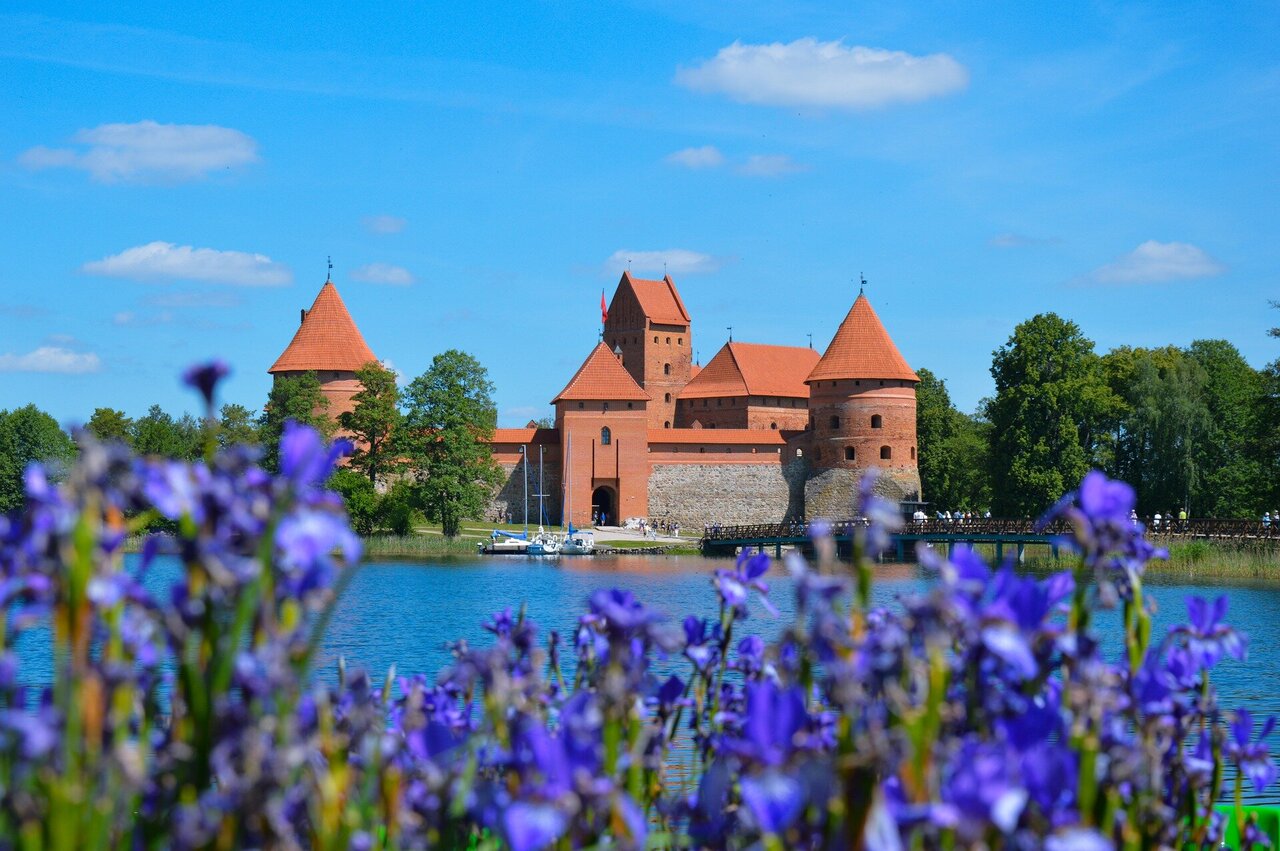Experts explain cultural heritage's role in uniting communities

Understanding Community Resilience Through Cultural Heritage
Communities often face crises that test their strength and unity. Some come together, while others struggle to maintain cohesion. A recent study by researchers at Kaunas University of Technology has uncovered an intriguing insight: cultural heritage plays a significant role in shaping how communities respond to challenges. Beyond its historical value, cultural heritage serves as a powerful tool that fosters a sense of belonging and collective action.
The research, published in the journal Sustainability, highlights how trust, emotional attachment to place, and cultural heritage form the foundation for community resilience. These elements enable people to care for their environment, maintain relationships, and work together during difficult times.
Defining a Resilient Community
A resilient community is one that can unite, collaborate, and address challenges effectively. According to Eglė Januškienė, a Ph.D. student at KTU and co-author of the study, resilience doesn’t mean there are no problems or that all issues are solved. Instead, it means looking for solutions and maintaining relationships even in tough circumstances.
Resilient communities are typically open, interconnected, and willing to share responsibility. In contrast, vulnerable communities may experience isolation, lack of information, and a sense of helplessness. These differences underscore the importance of building strong social networks and fostering a shared sense of purpose.
The Role of Cultural Heritage in Building Resilience
Cultural heritage is more than just a collection of historical artifacts or traditions—it is a vital component of community identity. Indrė Gražulevičiūtė-Vileniškė, an associate professor at KTU, explains that cultural heritage helps people understand both their uniqueness and their connection to others. It fosters a sense of place, continuity, ownership, and belonging.
Preserving cultural heritage strengthens historical ties and promotes trust, collective responsibility, and a shared vision for the future. These qualities are essential for communities to withstand external pressures and adapt to changing circumstances.
Emotional attachment to a place also plays a crucial role. Dr. Aušra Mlinkauskienė notes that when people take care of parks, old buildings, or symbolic sites, they reinforce their bond with the environment. This creates traditions that are passed down through generations and encourages volunteering, builds social capital, and enhances a community’s ability to address local issues independently.
Invisible Factors That Shape Resilience
Beyond tangible assets like heritage and trust, other invisible factors contribute to community resilience. A sense of belonging, local spirit, and social ties are just as important. Though these elements may not appear in budgets or city plans, they are crucial for mobilizing communities during crises.
These factors often ensure unity, mutual support, and creative problem-solving. As Gražulevičiūtė-Vileniškė points out, they are the glue that holds communities together in times of need.
The Importance of Trust
Trust is another critical ingredient of resilience. Prof. Dr. Lina Šeduikytė emphasizes that trust among community members and between citizens and institutions acts as a binding force. It enables communities to come together quickly and solve problems more effectively.
Trust is not just an emotion—it is a structural element that supports responsible and efficient action, especially in times of crisis. The more transparency, inclusion, and dialogue exist between institutions and citizens, the stronger and more resilient the community becomes.
The Challenge of Public Participation
While cultural heritage and trust are essential, true resilience also requires genuine public involvement in city planning and decision-making. The KTU researchers, in collaboration with international partners, conducted a study in Lithuania as part of the Erasmus+ project UPRUN. The findings revealed that although Lithuanians value their heritage and environment, many feel powerless to influence their surroundings.
Dr. Mlinkauskienė notes that urban planning may include formal surveys, but real opportunities for participation are often lacking. Limited feedback and uneven information distribution can lead to frustration and erode trust in institutions.
Gražulevičiūtė-Vileniškė adds that true inclusion goes beyond surveys. It requires meaningful engagement in decision-making, workshops, and interactive platforms where people's ideas are heard and implemented.
Inclusive Participation Is Key
Researchers from KTU’s Faculty of Civil Engineering and Architecture stress that participation must be inclusive. It should not only involve the most active or educated citizens but also ensure that information is accessible in different formats, both online and in person.
Januškienė emphasizes that resilience begins with listening, empathy, and recognizing diversity as a strength. “We have to go to the people, not wait for them to come to us,” she says.
Many European cities face similar challenges, including passivity, limited engagement, mistrust of institutions, and planning processes that exclude real community input.
A Model for Future Cities
Prof. Šeduikytė believes that a resilient city is not a utopian dream—it is an achievable goal. It is a city where citizens are engaged, and heritage is not just a museum exhibit but a living part of the urban fabric.
Such cities are not built by one big decision but through many small, purposeful steps—honest dialogue, trust-building, and collaborative initiatives. This approach creates the city of the future, where the community is not just a bystander but an active creator.
Conclusion
The study by Kaunas University of Technology highlights the complex interplay between cultural heritage, trust, and public participation in shaping resilient communities. By valuing their history, fostering connections, and involving citizens in decision-making, communities can better navigate challenges and build a stronger, more sustainable future.
Post a Comment for "Experts explain cultural heritage's role in uniting communities"
Post a Comment